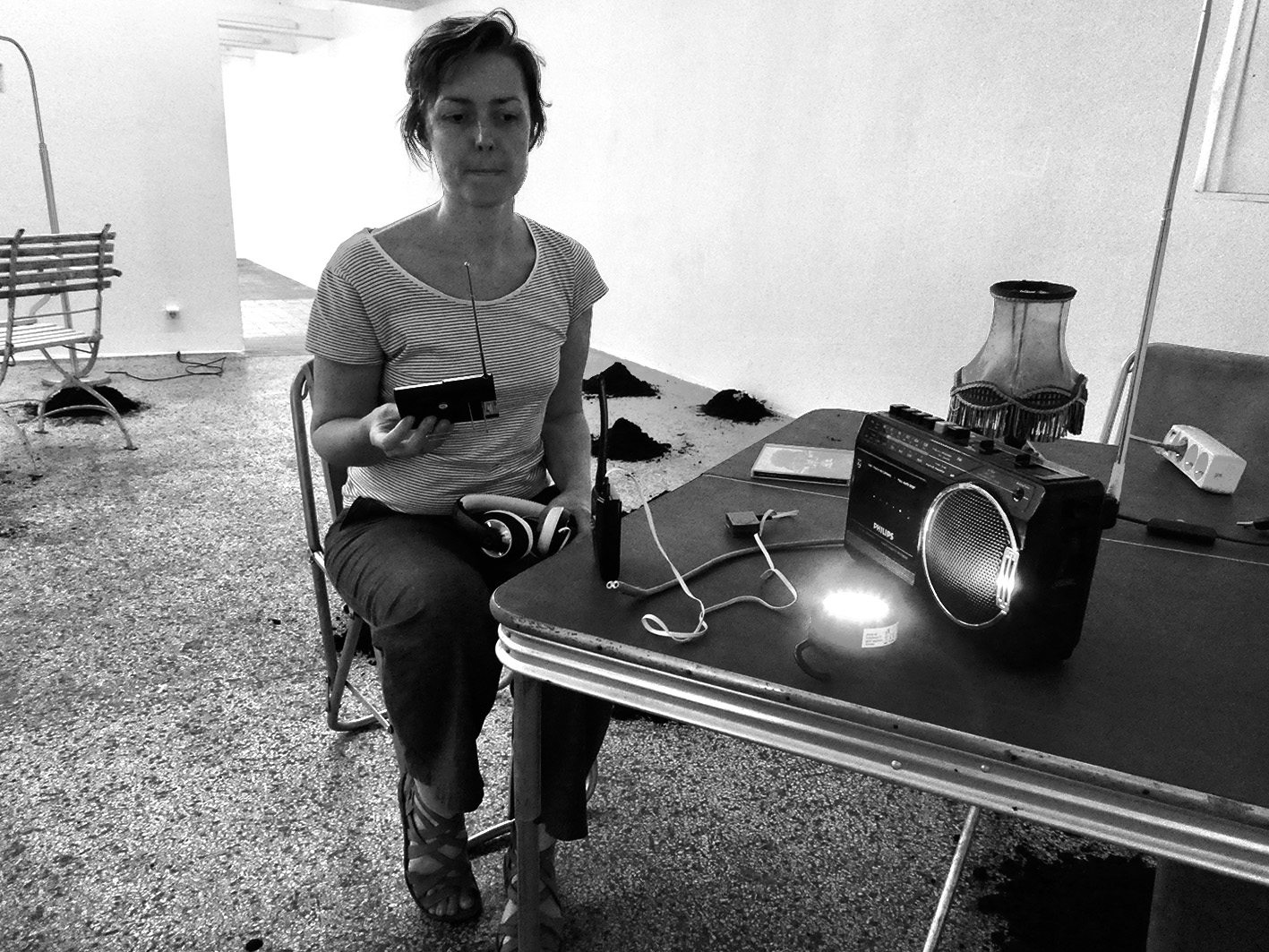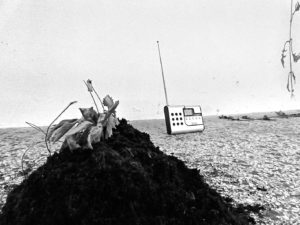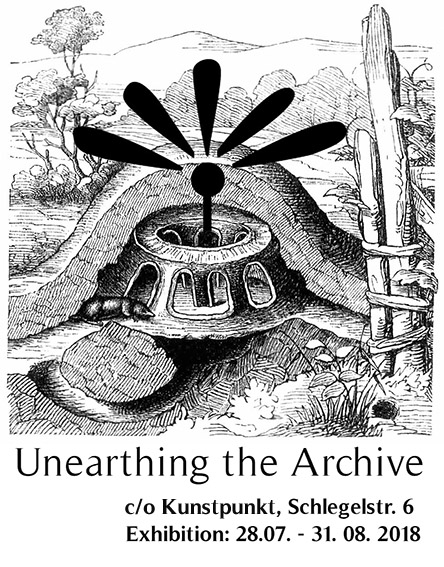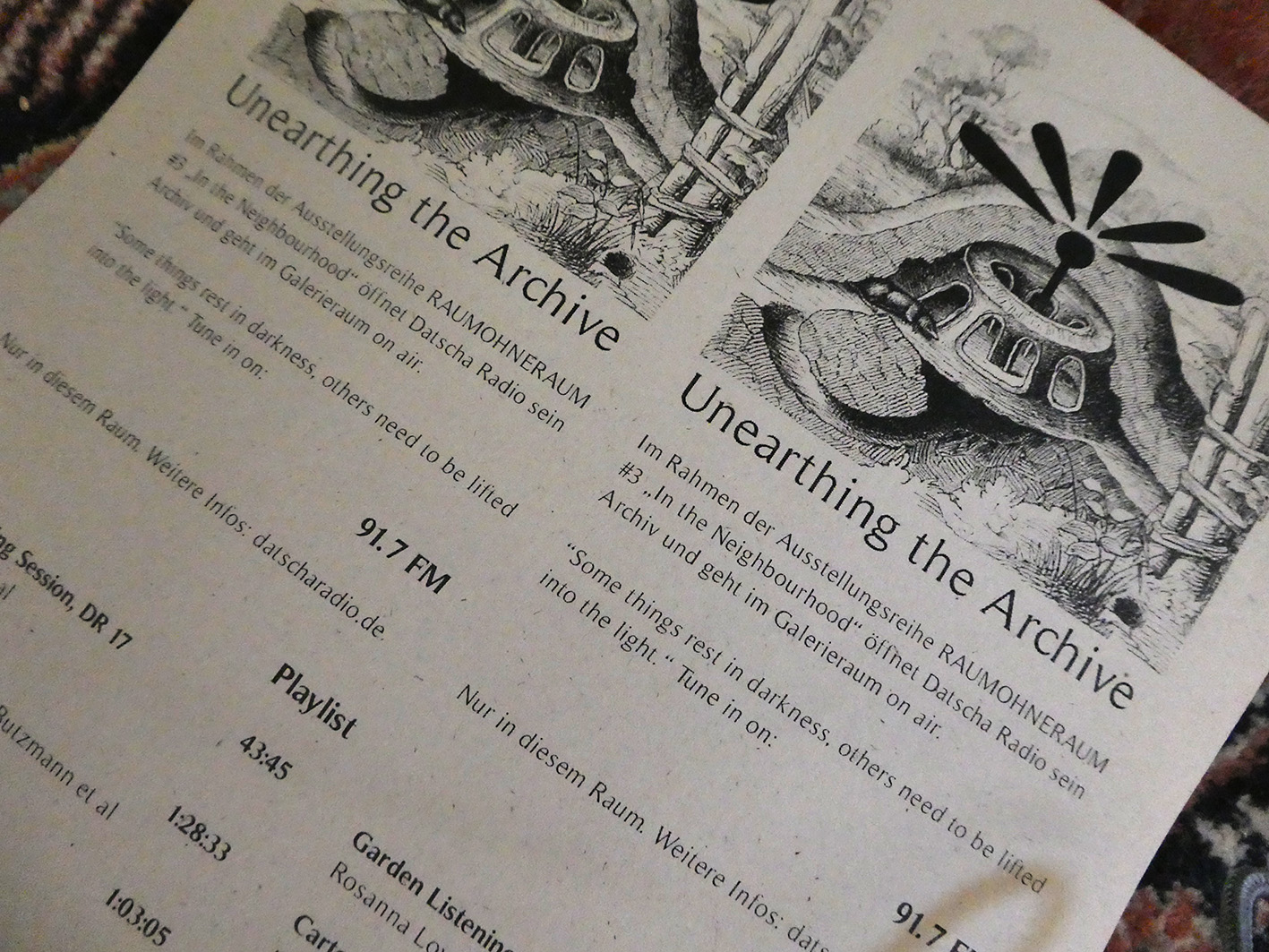 “Some things rest in darkness, others need to be lifted into the light.”
“Some things rest in darkness, others need to be lifted into the light.”
Hier kommt die Playlist des Audioloops “Unearthing the Archive”: Erdige, unsichtbare, elementare oder pflanzliche Materialitäten, Tape-Musiken und poetolgische Klangkunst, Geheimnisse des Moringabaums oder über Kompostwirtschaft in Indien: Das Spektrum ist abwechslungsreich und die Reihenfolge stets überraschend.
Datscha Radio dankt aus vollem Herzen allen beteiligten KünstlerInnen, die unser Programm seither bereichert haben und freut sich, diese und weitere Arbeiten auch in Zukunft nachbarschaftlich zu teilen.
Garden Listening Session, DR 17
43:45
Rosanna Lovell, Gregor Kaspar et al et al
Carte Verte #4, DR 17
1:28:33
mit Stücken von Kaspar König, Frieder Butzmann live et al
Datscha Radio Madrid 18
1:03:05
Plant Radio. KTA | Joaquìn Diaz
Flight to Mongolia. Daniel Sigler
Moringa Tree Talk. Eva Kurly
Il JardÏn de mi Madre. Alberto Garcìa
Greenhouse Emissions, DR 17
25:16
Kate Donovan / Ryan McFadyen
Martha Zapparoli, DR 17
34:55
Mole Loop 1, DR 17
58:52
Jazkamer – The Worms Will Get It
PlantsAndEmpire
NN – Locquirec
Veronika Fischer & Band – Philodendron
Hassle Hound – Poppy Bush
Mole Loop 2 , DR 17
1:25:08
Schrebergärten pt. 1
Congress Woman Malinda Jackson Parker – Cousin Mosquito
Schrebergärten pt. 2
Hardman Bros – Cherrytree
Reinhard Lakomy – Jede Blume blüht nur einmal auf
Temporäres Klangmuseum presents Heimische Heuschrecken (ca. 1980)
Suetzu_Flight Master’s Whistle
Weltgärtnern Auswahl, DR 18
44:19
Wave Song. Carolina Carrubba, Madrid
Batan Perma Culture, Madrid
Mit Irene de Huerto Batan
Daily Dump. Mit Poonam Bir Kasturi.
Bangalore, Indien
Morgenfeld #4
59:45
mit Alexander Baker, voices of noisense, Radio 60 Secondes, Dylan Martorell, Charlotte Law, raw audio recordings
Mole Loop 3, DR 17
48:38
Niki Matita -Haze’s Garden Radio
Eliane – Flower by Night
Aus der Tiefe des Blau. Helen Thein
Jingle Unearthing, de/en
Kate Donovan, Gabi Schaffner
1:30/1:32
Unearthing Composers
23:59
BBQ Gardens. Spalacidae8
Antipodean Voices. Miyuki Jokiranta
Phonosynthesis. Angelo Airi Farulla
Read More
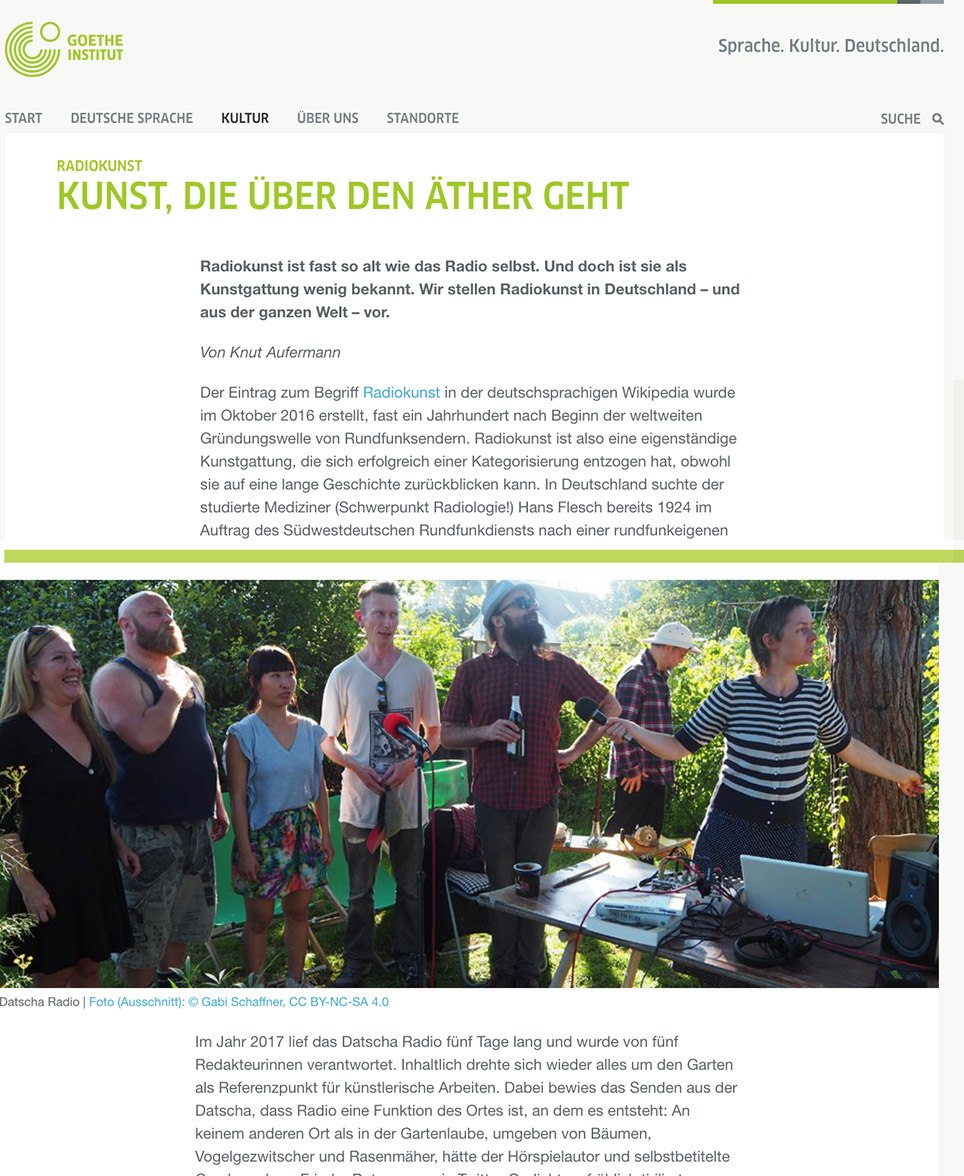






















 “Some things rest in darkness, others need to be lifted into the light.”
“Some things rest in darkness, others need to be lifted into the light.”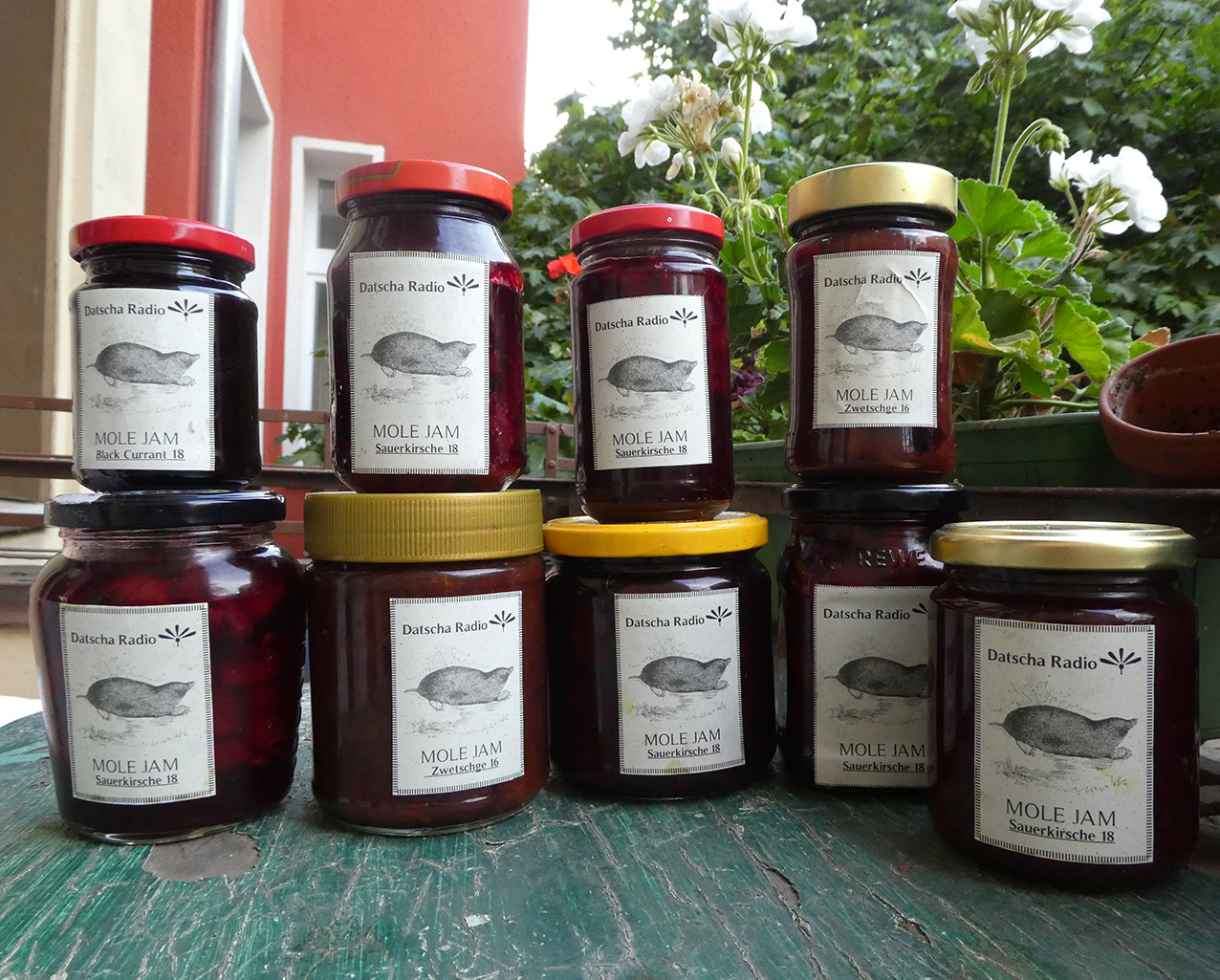 Frisch aus dem Archiv etikettiert: Die “Unearthing” Marmeladen für die Ausstellung morgen. Wahlweise Sauerkirsch oder Zwetschge und irgendwo eine schwarze Johannisbeere… (nein, kein eingekochter Maulwurf).
Frisch aus dem Archiv etikettiert: Die “Unearthing” Marmeladen für die Ausstellung morgen. Wahlweise Sauerkirsch oder Zwetschge und irgendwo eine schwarze Johannisbeere… (nein, kein eingekochter Maulwurf).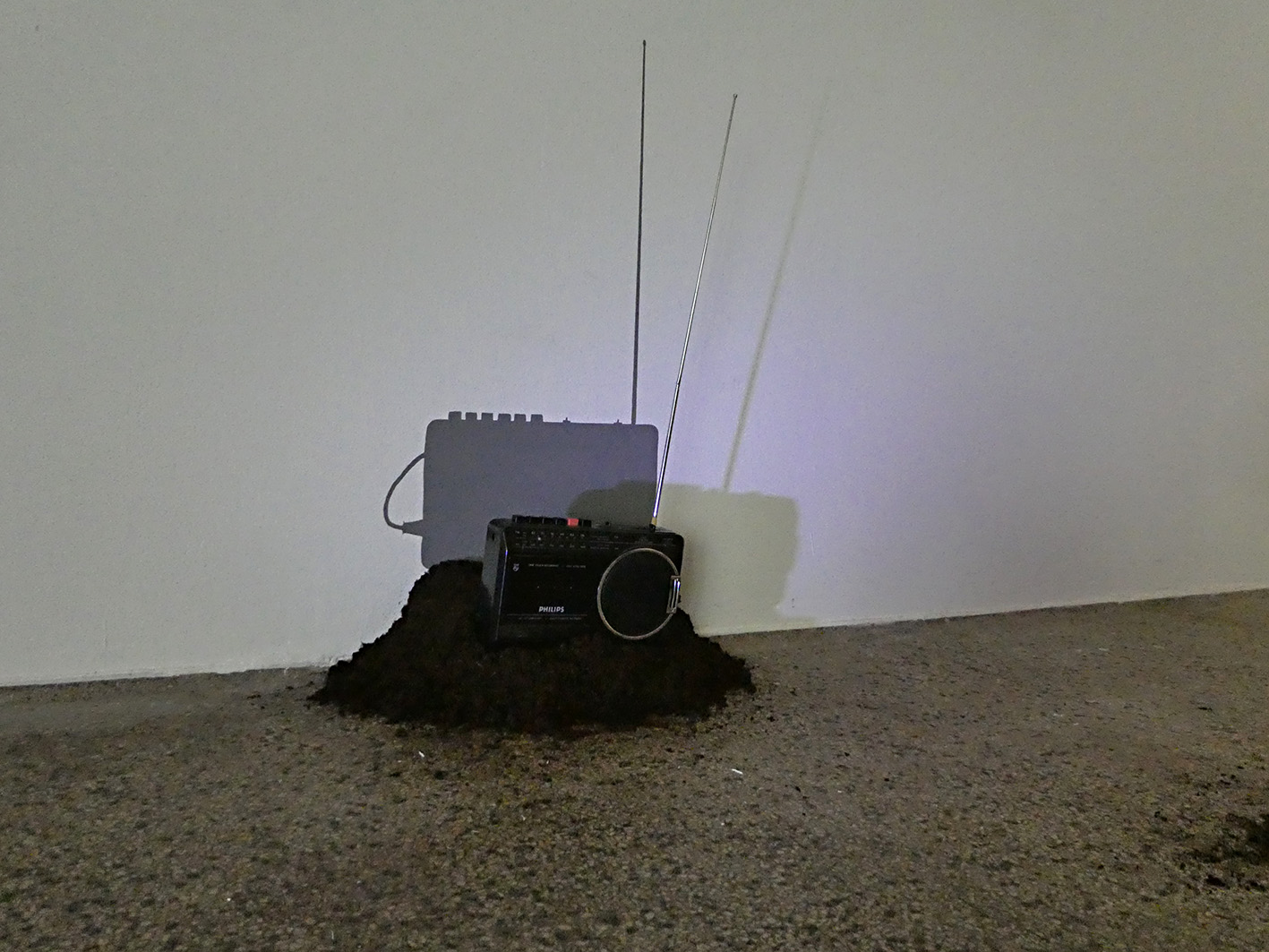 Soeben fertig gestellt: der neue Jingle für “Unearthing the Archive”. Hier zum Hören (Sprecherin: Kate Donovan, Musik: Gabi Schaffner):
Soeben fertig gestellt: der neue Jingle für “Unearthing the Archive”. Hier zum Hören (Sprecherin: Kate Donovan, Musik: Gabi Schaffner):